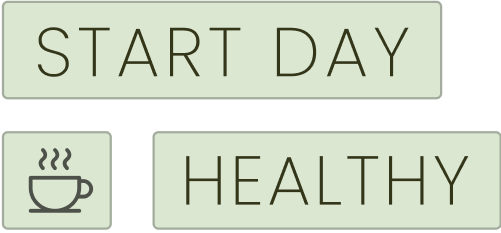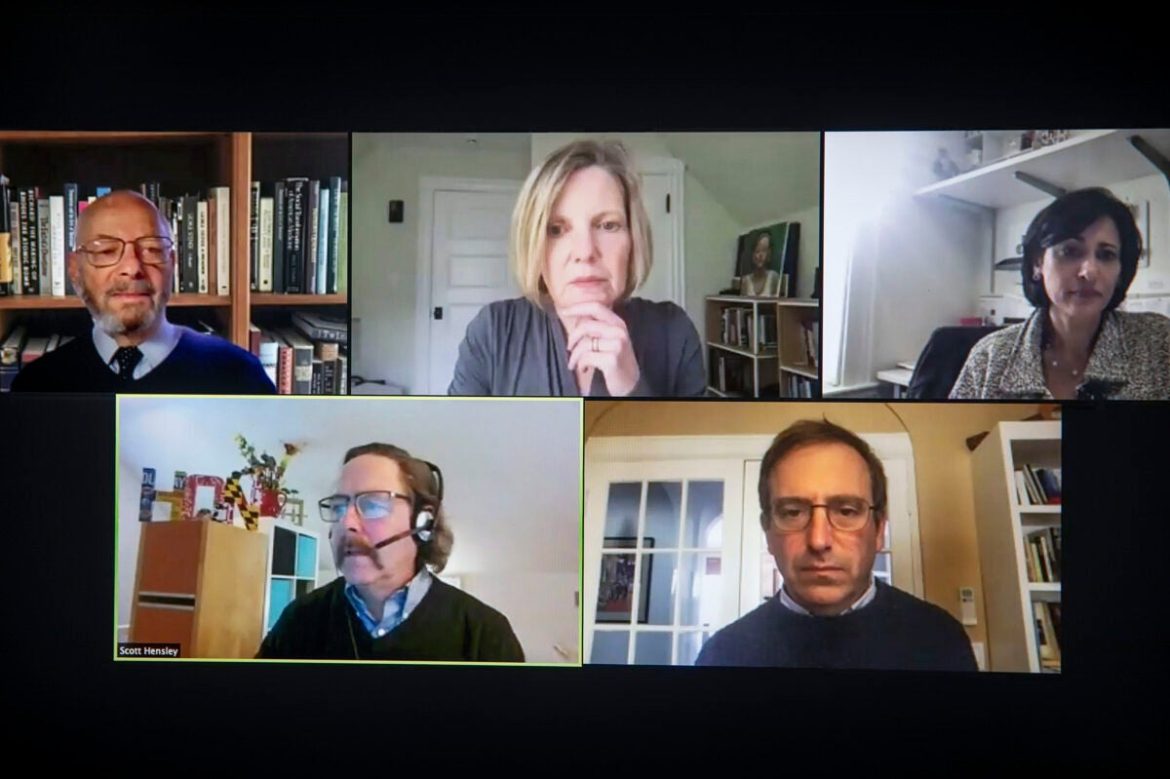Experts are working out a broad strategy to vaccinate Americans, with an eventual plan likely to prioritize health care and essential workers, as well as the vulnerable elderly and those with risk factors for severe disease.
Even with a strategy in place, however, the devil will very likely be in the myriad details if it is to be a success, experts said. For example, even if initial distribution is limited just to health care workers alone, that’s not an inconsiderable cohort: There are 20 million of them. If you want to add essential workers that’s another 60 million. In addition, even minor side effects that mirror the disease will sideline those who have to report that they are symptom-free before coming to work each day. That means, for example, a campaign that inoculates an entire intensive care unit’s workforce on the same day could have disastrous consequences if a significant number report symptoms the next day and can’t come to work.
Those examples, offered by Rochelle Walensky, chief of Massachusetts General Hospital’s Division of Infectious Diseases and a professor at Harvard Medical School, represent just some of the potential hurdles to be overcome in a vaccine rollout that promises to be not only vast, but also vastly complicated. However, experts said Friday that the vaccine rollout presents another opportunity to get the fight against the coronavirus right, despite the nation’s failure to take steps needed to prevent infection on a massive scale.
“I am struck by the challenges that we have ahead of us in thinking about rollout,” said Sarah Fortune, chair of the Department of Immunology and Infectious Diseases at the Harvard T.H. Chan School of Public Health, who appeared on a recent online panel with Walensky. “We, as a society, have not done necessarily the best job in terms of getting our prevention measures in place, our response measures in place, and now we face an enormous challenge but an enormous opportunity to get this next phase right.”
Panelists gave high marks for recently released early results of Phase 3 vaccine trials, saying the work has been conducted to high scientific standards, and the efficacy rates of 90 percent for the preventative from Pfizer, which applied for an FDA emergency use authorization on Friday, and 94.5 percent from one by Moderna Inc. are not only encouraging, but better than they had hoped. (AstraZeneca also reported early numbers on Monday, with effectiveness of up to 90 percent, depending on dosage.) That, together with reports of relatively minor side effects, makes experts optimistic that these and other vaccines may represent a light at the end of the pandemic tunnel.
But that light is still a way off, panelists cautioned. The Pfizer and Moderna vaccines have a couple of drawbacks: Both have to be stored in cold temperatures — the Pfizer vaccine at minus 70 degrees Fahrenheit, and Moderna’s at minus 20 — and both also require two doses to be effective. Those characteristics not only mean that regions with the equipment to handle the storage demands — urban areas — are likelier to get the vaccines first, but also that any vaccine education campaign should emphasize that people can’t abandon public health precautions after the first shot because they won’t be immune until shortly after their second shot, some five or six weeks later. Complicating all of that, Walensky said, is the fact that 25 percent of Americans don’t have a primary care doctor, the normal administrant of things like vaccinations.
“The day you get your vaccine is not the day you take off your mask,” Walensky said. “We’ll be in a much better place once the population is vaccinated, but we won’t be without masks for a while.”
Vaccines being tested by AstraZeneca and Johnson & Johnson were created by more traditional means than the messenger RNA preventatives of Pfizer and Moderna. Depending on the final outcome of those still-ongoing Phase 3 trials, those treatments will likely be more forgiving with regard to storage and have differing efficacy and side effects, which may make them better suited to distribution in parts of the country distant from minus 70-degree freezers.
Walensky and Fortune were joined by Barry Bloom, the Joan L. and Julius H. Jacobson Research Professor of Public Health, and epidemiology Professor Marc Lipsitch, who heads the Chan School’s Center for Communicable Disease Dynamics, at a Facebook Live event on Friday that was sponsored by The Forum at Harvard T.H. Chan School of Public Health and NPR.
With cases and hospitalizations soaring nationally, and a corresponding rise in deaths likely not far behind, Lipsitch said it’s important that we not let the prospects of a vaccine cause us to ease up on the public health steps we know will work and that, even now, can still make a difference in the course of the pandemic if adopted more widely.
“The future is in our hands,” Lipsitch said.
While much has been made of the potential problem of vaccine reluctance, Lipsitch said he thinks it may not be as high a hurdle as some surveys have shown. People may answer a hypothetical question one way but behave differently when friends and neighbors are getting vaccinated and resuming a semblance of normal behavior, he said.
It is, however, important that education campaigns include the fact that side effects from the vaccines are possible, panelists said. While the clinical trials so far haven’t found problems severe enough to call their safety into question, some who received the Moderna and Pfizer vaccines experienced soreness at the injection site, aching muscles, and fatigue that faded after a few days. It’s important, Lipsitch and Fortune said, that people are aware of that ahead of time, so resulting alarm doesn’t feed any anti-vaccine sentiment.
“There’s a tendency just to say, ‘Vaccines are safe. It’s no problem,’ and people don’t trust that if their lived experience is different,” Fortune said. “If we don’t have those conversations, then I think our credibility is eroded.”
Fortune said it’s important to talk not only about common side effects but also the potential for very, very rare side effects, such as neurological issues that caused some trials to be paused. Without transparency and openness, Fortune said, the vaccination campaign’s credibility will be damaged.
“If we’re not honest about that, the public can sniff those out and the credibility of the vaccination effort is undermined,” Fortune said.
After the vaccines are deployed, the studies won’t stop, Bloom said. Instead they’ll enter what he termed “Phase 4” — post-approval monitoring for rare side effects in a much broader population over a longer time than the original trials. They’ll also look for clues to other unanswered questions, primarily whether the vaccines not only prevent illness, but also prevent infection, and how long vaccine immunity lasts. Additional outstanding questions include how well the vaccine works in the elderly — the preliminary results released recently didn’t include data for subgroups — and children, on whom it is unethical, Bloom said, to even begin a trial until safety data is confirmed in adults.
“It’s not all over when the government issues an emergency use,” Bloom said. “The science has come through for us. The real challenge now is to get public acceptance of the vaccines that will be forthcoming.”

